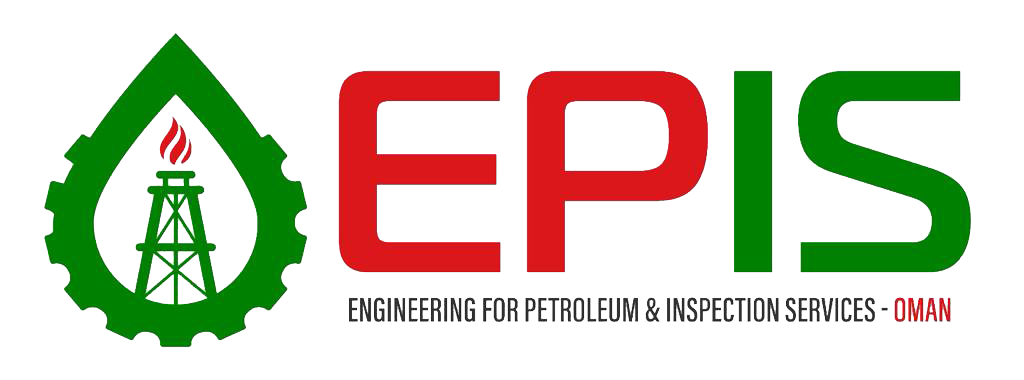Welding Inspection
A precise, strong weld is only as good as the quality control system involved and the final inspection of the part. Our inspection process ensures an EPIS welded component is up to and beyond standards and won’t fail in field.
Welding Inspection Process
Weld inspection generally follows three distinct paths: visual inspection; destructive testing; and non-destructive testing (NDT).
Visual Inspection involves looking at a weld with the naked eye and/or with some level of magnification. Typically, our inspectors are checking for cracks, pits, surface pores, undercut, under fill, missed joints, and other aspects of the weld.
Visual inspection is limited to the surface area of the weld that is visible to the inspector, which means something like depth of penetration cannot be determined unless the weld is a full penetration weld and you can view it from inside the assembly. Hence, destructive testing is often required to further examine the quality of the weld.

Destructive Testing involves physically cutting and sectioning the part to determine the internal characteristics of the weld. Typically, either a production part is cut or a representative sample is made that embodies the exact characteristics of the joint. Destructive samples are usually taken at the beginning of the job to make sure the weld parameters are correct for the lot. Samples can also be taken at intervals during the production process or at the end of the run.
Destructive testing samples are precisely cut, machined, ground, and polished to a mirror-like finish. An acid etch is then applied to visually bring out the weld, and the sample is then inspected under a microscope. This inspection can determine depth of penetration, width of weld, as well as reveal cracks, pores, and other anomalies inside the weld bead.
Non-Destructive Testing as the name implies, does not destroy the part, so theoretically every part could be examined in this manner, and this is usually the case if NDT is required by the specification.
NDT generally consists of dye penetrant inspection and/or x-ray inspection.
In dye penetrant inspection, a special dye is applied to the part to identify cracks and other surface anomalies. This method is limited in it can only identify problems on the surface of the weld.
An X-ray inspection results in the most comprehensive view of what is going on inside the weld. Porosity in particular can be clearly seen in an x-rayed part.


